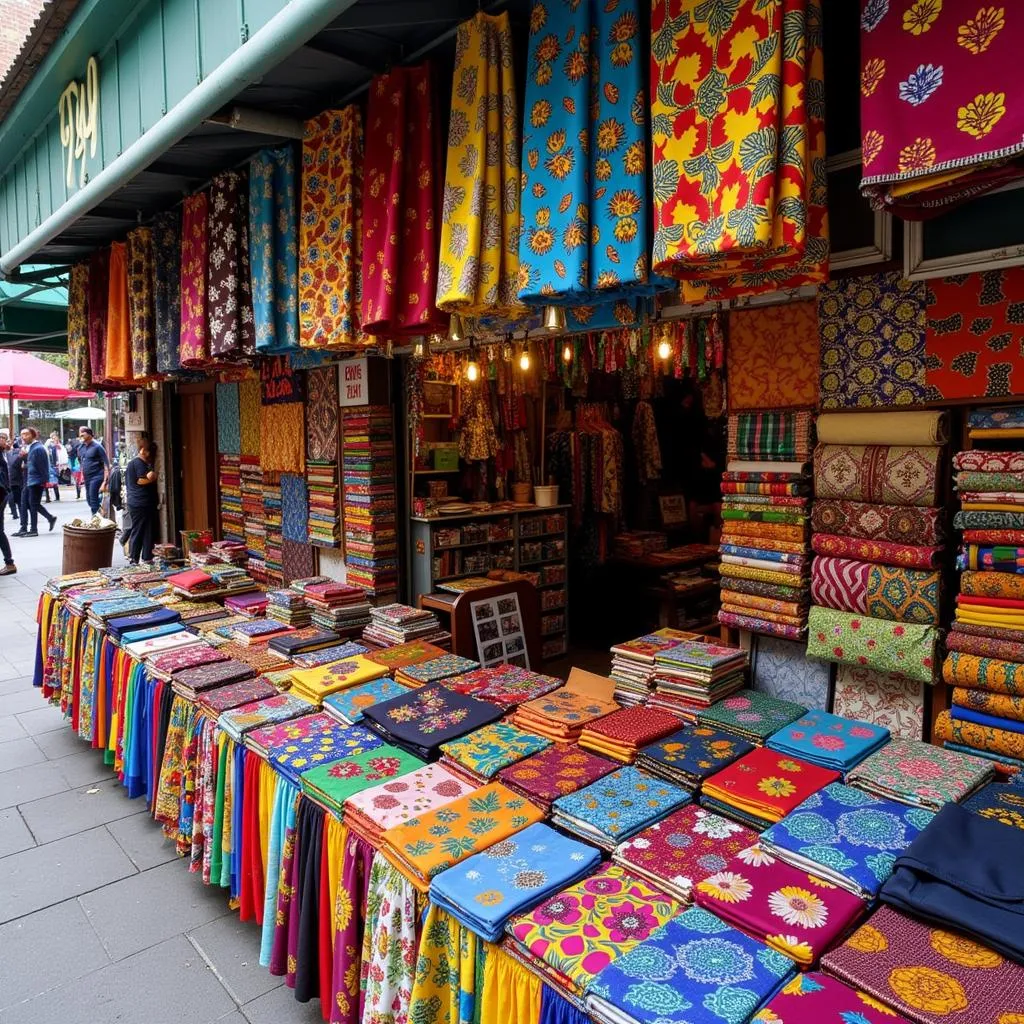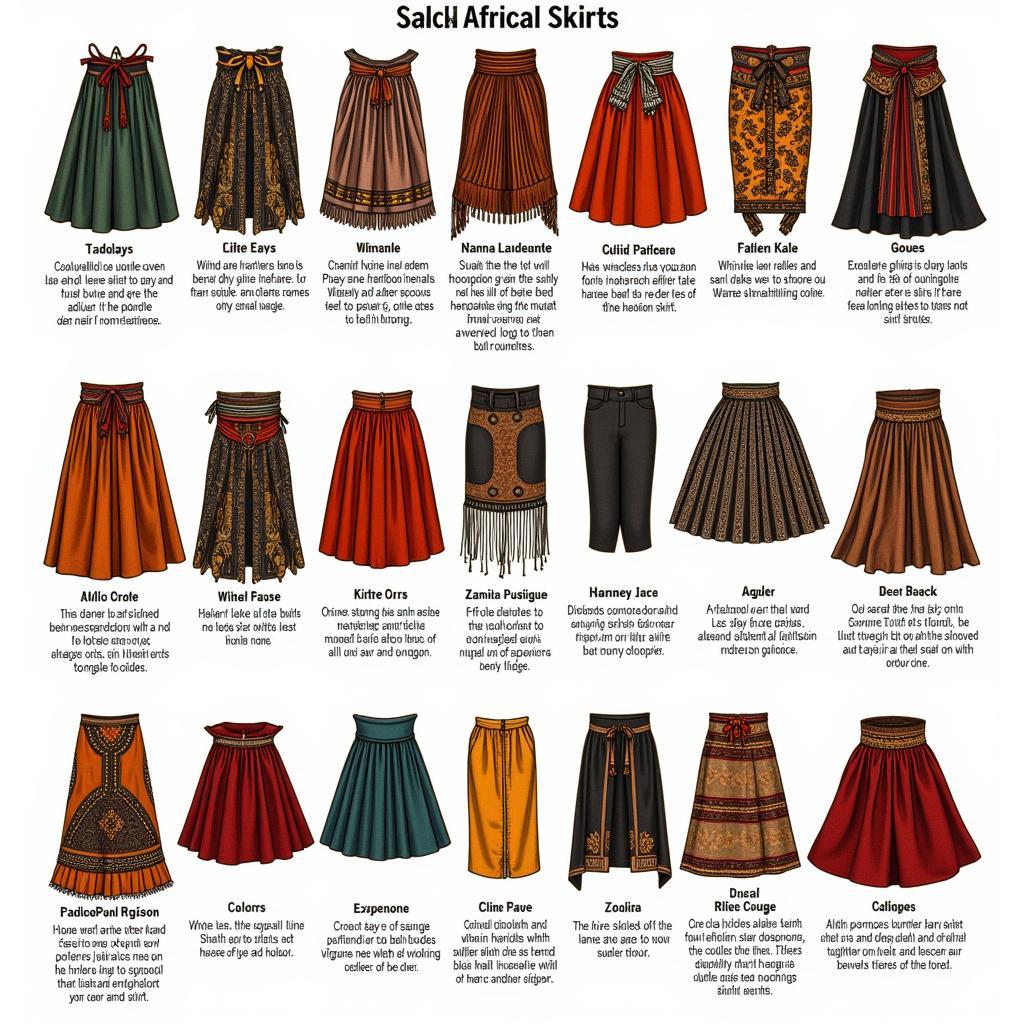Understanding the African Elephant Reproduction Rate
African Elephant Reproduction Rate is a crucial factor in the survival of these magnificent creatures. Understanding the factors that influence their breeding patterns is vital for conservation efforts. This article delves into the intricacies of African elephant reproduction, exploring the various elements that affect their breeding success.
The African elephant, the largest land mammal on Earth, faces numerous challenges, including habitat loss and poaching. These pressures, along with natural factors, significantly impact their reproduction rate. The reproductive cycle of African elephants is a complex process, influenced by a combination of biological and environmental factors. This intricate balance determines the future of these iconic animals.
Factors Influencing African Elephant Reproduction Rate
Several factors play a crucial role in determining the reproductive rate of African elephants. These range from the availability of resources like food and water to social dynamics within the herd.
Age and Sexual Maturity
Female African elephants reach sexual maturity between the ages of 10 and 12, while males typically mature a few years later. However, males often don’t successfully breed until they are considerably older, around 25-30 years, due to competition with older, more dominant bulls. This delayed breeding in males can significantly impact the overall african elephant reproduction rate.
After reaching sexual maturity, African elephants experience cyclical changes that influence their breeding capabilities. Similar to the menstrual cycle in humans, African elephant females have regular estrous cycles that signal their receptiveness to mating. The first few years after reaching sexual maturity are crucial and influence their future reproductive success.
Environmental Factors
Environmental conditions, such as drought and food scarcity, can significantly impact the african elephant reproduction rate. These harsh conditions can delay sexual maturity in younger elephants and decrease the frequency of estrous cycles in females. Conversely, periods of abundant resources can lead to increased breeding success.
The availability of suitable habitats also plays a crucial role. Elephants require vast areas to roam and forage, and habitat fragmentation can limit their ability to find mates and successfully reproduce. This underscores the importance of conservation efforts that protect and expand elephant habitats.
Social Dynamics and Competition
The social structure of elephant herds, led by matriarchs, also influences breeding patterns. Dominant males often have greater access to receptive females, leading to competition among males for breeding opportunities. This competition can be intense, often involving displays of strength and aggression.
For example, the [African bull elephant penis] plays a significant role in their reproductive success, reflecting their overall health and fitness. Understanding these biological aspects can help researchers better understand the complexities of elephant reproduction.
The Importance of Conservation
The current african elephant reproduction rate is a cause for concern among conservationists. The combined pressures of poaching, habitat loss, and human-wildlife conflict have put immense strain on elephant populations. Understanding the factors that influence their reproduction is crucial for developing effective conservation strategies.
Protecting elephant habitats, mitigating human-wildlife conflict, and combating poaching are all essential steps towards ensuring the long-term survival of these magnificent animals. Further research into elephant reproductive biology is also vital for refining conservation efforts and ensuring a healthy future for African elephant populations. Learning more about different [african animals mating] helps paint a broader picture of the challenges faced by wildlife in Africa.
“The reproductive success of elephants is directly linked to the health of their environment,” says Dr. Anika Moolman, a leading expert in elephant conservation. “By protecting their habitat and mitigating the threats they face, we can help ensure the future of these iconic animals.”
Conclusion
The african elephant reproduction rate is a complex issue influenced by a multitude of factors. Understanding these intricacies is crucial for developing effective conservation strategies. By protecting their habitat, combating poaching, and fostering further research, we can work towards securing a future for these magnificent creatures. The [african asian elephant hybrid] is a testament to the potential for cross-breeding, but the focus remains on preserving existing species. Another interesting aspect of elephant physiology is the [african elephant fat body], which plays a crucial role in their survival, especially during periods of drought. It is essential to consider these factors when assessing the long-term viability of elephant populations. Even seemingly unrelated topics, such as the diverse [african bee species], contribute to the intricate web of life within the African ecosystem, highlighting the interconnectedness of all species.
FAQ
- What is the average gestation period for an African elephant? (Around 22 months)
- How many calves do African elephants typically have in a lifetime? (4-6)
- What is the role of the matriarch in elephant reproduction? (Leads the herd, guides younger females, and protects calves)
- How does poaching affect elephant reproduction? (Reduces the breeding population and disrupts social structures)
- What can be done to improve the african elephant reproduction rate? (Habitat conservation, anti-poaching efforts, and research)
- How does climate change impact elephant reproduction? (Exacerbates drought and food scarcity, negatively impacting breeding success)
- What is the significance of studying elephant reproduction? (Crucial for developing effective conservation strategies)
Scenarios
Scenario 1: A young female elephant reaches sexual maturity but experiences delayed conception due to drought conditions.
Scenario 2: A dominant male elephant successfully defends his mating rights against younger rivals, ensuring his genes are passed on.
Scenario 3: Habitat fragmentation isolates a small group of elephants, limiting their access to potential mates and impacting their reproductive success.
Further Exploration
You might also be interested in learning more about related topics, such as elephant social behavior, the impact of human-wildlife conflict, and the role of genetics in elephant conservation.
For assistance, please contact us: Phone: +255768904061, Email: [email protected], or visit us at Mbarali DC Mawindi, Kangaga, Tanzania. Our customer service team is available 24/7.


